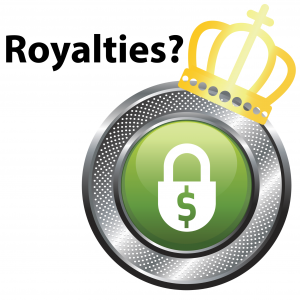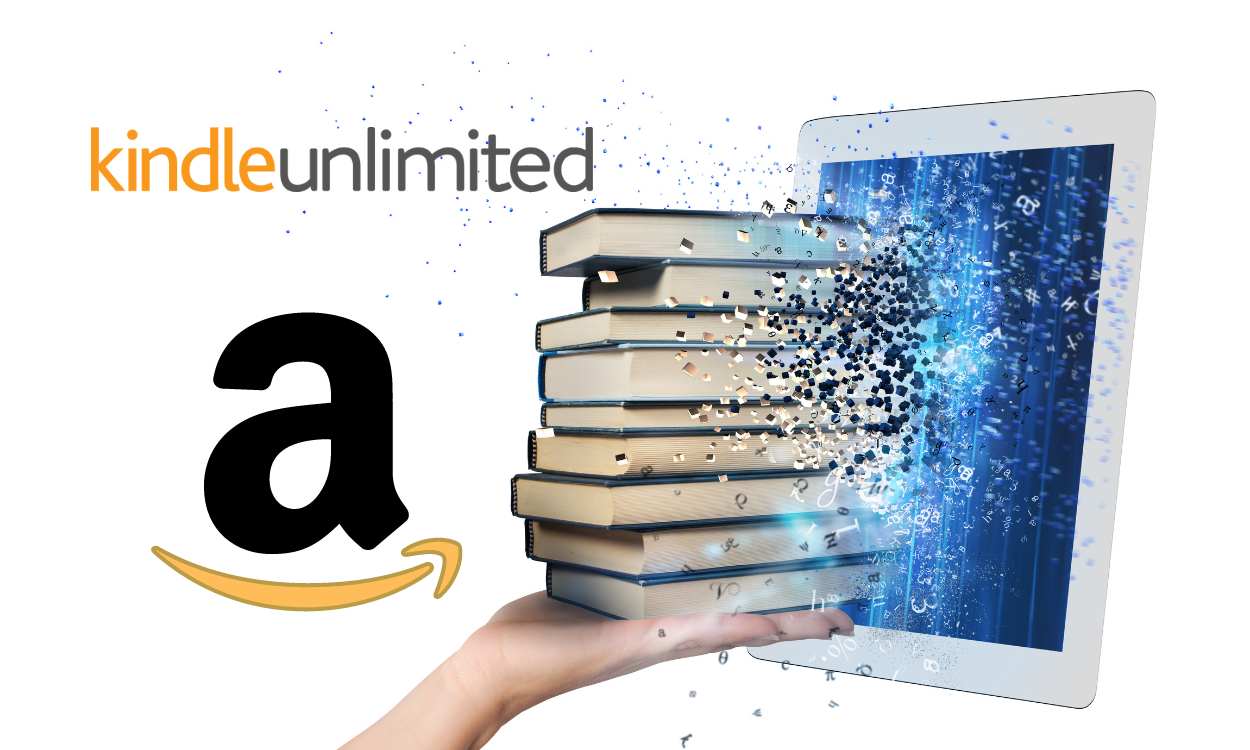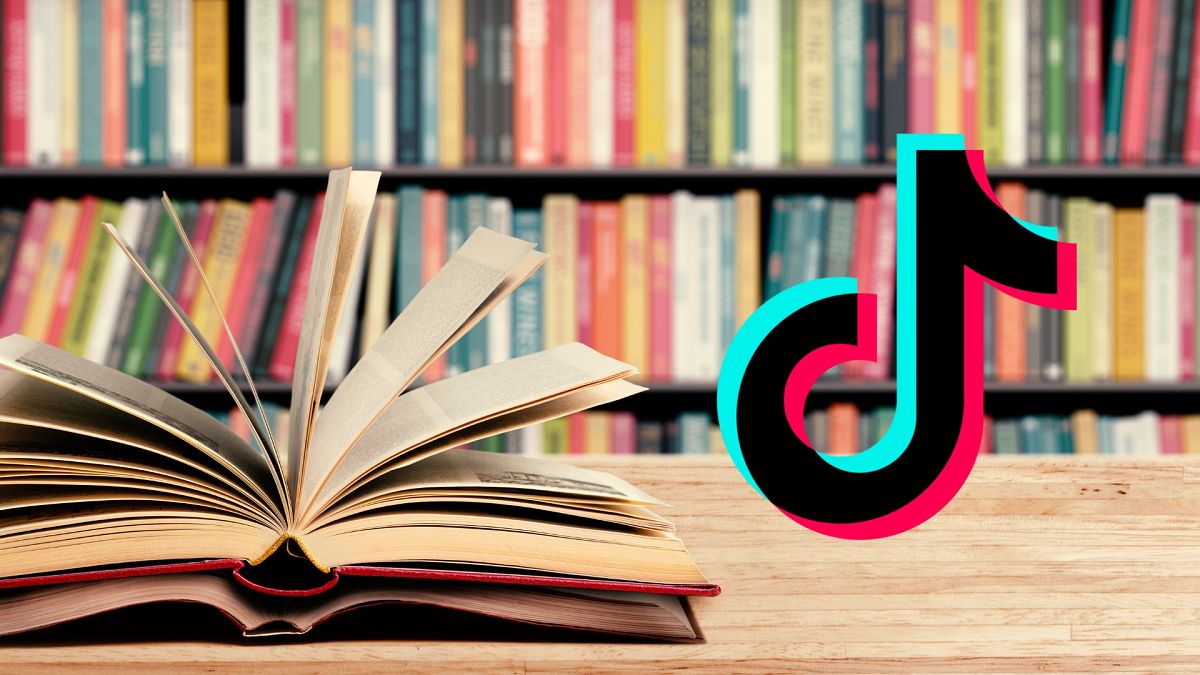What Does the Publishing Competition Look Like?
Based on a post from Dean Talbot in Feb 2022 4 million books are published globally each year. That's:- 11,000 books a day
- 457 books an hour
- 8 books a minute
2023 Stats reveal that the American slice of this pie is comprised of:- 10,000 books from the major North American publishing houses
- 500,000 self-published titles from the US (1370 books a day).
- Market revenue for 2023 was around $14.16 billion.
- For the first time in history more than half of book sales were made online.
Clearly, the appetite for reading and storytelling remains as strong as ever.
- 11,000 books a day
- 457 books an hour
- 8 books a minute
- 10,000 books from the major North American publishing houses
- 500,000 self-published titles from the US (1370 books a day).
- Market revenue for 2023 was around $14.16 billion.
- For the first time in history more than half of book sales were made online.
Now Let's Consider How Each Type of Publishing Pays
Traditional
 Sometimes authors get an advance of $5,000-$10,000. Other times there is no advance. The advance is the publisher's best guess how much your book will earn in a year. You must earn enough from the book to pay off the advance before you get any royalties from the book. Most books don't ever "earn out" of their advance. Those that do, don't usually earn out until they are over a year old and considered the publisher's "backlist." Frontlist books are less than a year old and the publisher is still actively promoting those books.
Sometimes authors get an advance of $5,000-$10,000. Other times there is no advance. The advance is the publisher's best guess how much your book will earn in a year. You must earn enough from the book to pay off the advance before you get any royalties from the book. Most books don't ever "earn out" of their advance. Those that do, don't usually earn out until they are over a year old and considered the publisher's "backlist." Frontlist books are less than a year old and the publisher is still actively promoting those books.
- Usually around 20-25% for ebook and audio book.
- 5-7.5% for trade paperback.
- 5% for mass market paperback.
- Around 10-15% for hardcover.
Don't forget, the agent will see the check first and take 15% of the royalties off the top. Whatever's left is yours.
Self-Published
- Self-editing – $0-$15
- Developmental editing – $2,400
- Copyediting – $1,600
- Line editing – $3,200
- Book formatting – $0-200
- Custom book cover – $35-700
- Illustrated book cover – $120-380 (if applicable)
- Illustrations – $10-$150 (if applicable)
- Proofreading – $1,600
- ISBN – $125
- Marketing – $0-$10,000
Self-publishing takes place on an online platform. Here’s what to expect from the best self-publishing sites:
- Amazon KDP: Up to 70% royalties for books between $2.99 and $9.99. 35% if below $2.99.
- Kindle Unlimited thru KDP Select: Approximately $1,000 for every 10,000 pages read.
- Apple Books: Up to 70% royalties for most books.
- Google Play Books: Up to 70% royalties for most books.
- Barnes & Noble: Up to 70% royalties for ebooks. 55% for prints.
- Kobo: Up to 70% royalties for books priced more than $2.99. 45% if below $2.99.
So, In Theory, If We Compare the Two
How Much Do Authors Make in Each Type of Publishing?
It's hard to compare traditional and self-published incomes based on books sold because that's not always the way self-published authors get paid. However, you can look at the average income for both groups.The Authors Guild, the leading professional organization for writers in the United States, in collaboration with 36 other organizations including Penguin Random House, Hachette Book Group, Ingram, B&N Press, PEN America, African American Literature Book Club, and many others, has conducted the most comprehensive author income study to date in the United States. Though this is not a scientific, double-blinded study--the participants were volunteers and not randomly selected--it does give us some insight into a professional author's income.
"A total of 5,699 published authors participated, and the survey sample was meticulously divided, with representation from both traditionally published and self-published authors, making it the most representative author income survey to date as well."
Traditional
Among all those who completed the survey, 80% considered themselves professional authors, but only 35% considered themselves full time.For full-time authors whose books are in commercial markets (i.e, excluding academic, scholarly, and educational books), the median book income was $15,000 and median author-related income was $25,000. Book income includes advances, royalties, and fees from licensing and subsidiary rights. Other author-related incomes includes work such as editing, blogging, teaching, speaking, book coaching, copy writing and journalism. That means half of all full-time authors continue to earn below minimum wage in many states from all their writing related work, and well below the federal minimum wage of just $7.25/hour from their books alone.
A significant racial and sexual disparity still exists for authors. For example, full-time Black authors earned a median of only $2,412 from their books, as compared to a median of $10,985 for white authors. Black authors median total earning is $15,250 and white authors $20,000. 38% of white authors are traditionally published compared to only 28% of black authors.
The median book income for all authors was only $2,000 for 2022, and the median total writing-related income was $5,000.
Self-Published
The median income for full-time self-published authors in 2022 was $12,800 from books and $15,000 total from all writing-related activities. Full-time self-published authors who had been publishing since at least 2018 reported a mean income of $24,000 compared to $13,700 in 2018, a 76% increase. Longevity significantly increases self-pub income. Kindle Unlimited was particularly effective for self-published authors, who earned 67 percent more book income from that platform than traditionally published authors make on book-earnings alone.
Kindle Unlimited was particularly effective for self-published authors, who earned 67 percent more book income from that platform than traditionally published authors make on book-earnings alone.Audiobooks are dramatically underused by both traditional and self-published authors, with 55 percent of traditionally published and 64 percent of self-published authors having no books published in audiobook form.
Full-time authors of romance and romantic suspense had the highest median gross income from their books, out-earning mystery, thriller, and suspense writers by over three times and literary fiction authors by a staggering nine times.
Book Promotion

But How Many Books Does the Average Author in Both Categories Sell?
Traditional
- Remember every book published in multiple formats (trade paperback, hardcover, mass market, audiobook, new cover, movie tie-in, etc.), has a new ISBN and the units sold is artificially decreased in terms of how NPD tracks it. In other words, if my book sells 1,000 copies in paperback, audio book, and ebook each, I would think the book sold 3,000 copies. BookScan sees that as three different books only selling 1000 copies each.
- Most self publishers don’t bother with ISBN for ebooks so they aren't even represented in these numbers.
Copies Sold | “More than” | No. of Books out of 45,571 Titles in 2022 | Percentage of Books Sold in a Year |
>100,000 | 100,000 | 163 | 0.4% |
50,000-99.999 | >50,000 | 320 | 0.7% |
20,000-49,999 | >20,000 | 1015 | 2.2% |
10,000-19,999 | >10,000 | 1572 | 3.4% |
5,000-9,999 | >5,000 | 2518 | 5.5% |
1,000-4,999 | >1,000 | 9863 | 21.6% |
12-999 | <1,000 | 23,419 | 51.4% |
<12 | <12 | 6701 | 14.7% |
Self-Published
In the old days DIY authors had limited access to distribution channels, publishing data, and book professionals like editors or cover artists. Vanity publishing arose as an industry for those who couldn't get their books into the traditional publishing houses. But vanity publishers had a reputation for publishing without regard for quality. They mainly made money off of the desperation of unpublished authors.
Self-published authors have had to endure a lasting perception of poor quality from those days as well as the very valid criticism that some self-publishing authors, eager to rush to market, overlook essential steps like editing. They flood the market with poor quality books that cause reader dissatisfaction.
But, oh, how times have changed! Fast forward a few decades and self-publishers not only have access to what traditional publishers do, but in many areas, including outreach, they can outperform them. --Shannon Clark, SelfPublishing.com
Promotion is Key
The thin margins in the industry, high complexities of the business, intense competition, severe supply-chain disruptions, churning of new technologies like AI, and rapid growth of other media lead to constant turmoil in bookselling and publishing.
Crucially, self-publishing provides authors with greater control over marketing strategies, enabling them to tailor their approach to their specific audience. This control can be a boon for those who intimately understand their followers’ preferences and behaviours, ultimately increasing the chances of a book’s success.--Suswati Basu
Whether you are self-publishing or traditionally published, the success of your book relies on what you do to promote it.
With self-published books competing with those from traditional publishing houses, authors needed to be more strategic and creative in their marketing approach to stand out.--Joel Mark Harris of Ghost Writers and Co.
Need Help Marketing Your Book?
Join the
Did you know Flagstaff Writers Connection hosts a free, online group to help you build platform, get published, and market books?
Members meet monthly for support, accountability, and education. Members take turns presenting a topic related to the business of being a writer. Both traditional publication and self-publication are discussed. Handouts and worksheets are kept in a Drive File accessible anytime.
Email PubClub@FlagWriter.com to join.








No comments:
Post a Comment